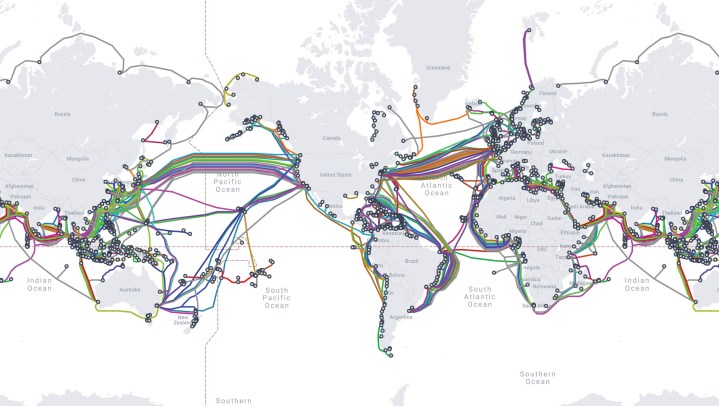Everyone knows about the speed of slow internet connection, but the Google Taara chip can already provide internet in unnecessary regions – and up to 20GBPS per second. The project has been in development for years, but the team behind it announced the next generation Tara Chip.
Tara is a silicone photonic chip, which is a technical way to say that it transmits data through air using the beam of light. The original version of Tara acted, but it had limitations – that is, it was necessary to adjust the direction of the beam to the complex range of mirrors and hardware. The new version uses advanced software to run the beam.
What is more, the original project – Tara Lightbridge – was the size of a traffic light. They look small hanging above the road, but they are quite close. The second generation shrinks the size required for a nail.

By using light as its medium, the Tara is capable of finding a close bandwidth in the middle of the spectrum. A quick science text: Electromagnetic spectrum is broken into separate frequencies. Visible light is one of these. The Tara uses the part of the spectrum that is located between infrared and visible light.
Using a narrow ray of light (invisible to the eye), the star transmits rapid data in the form of 20gbps for up to 20 km at once. The chip can be installed and can be installed in a few hours, compared to months or years in installing fiber infrastructure.
Tara will be available in 2026, but when the installation can be faster, adoption is slow. For the average consumer, this technique is likely to be easily available, but this success is a step in the right direction and it is necessary to bring internet connectivity in areas where traditional infrastructure cannot be done.
Discover more from Pro Well Technology
Subscribe to get the latest posts sent to your email.
